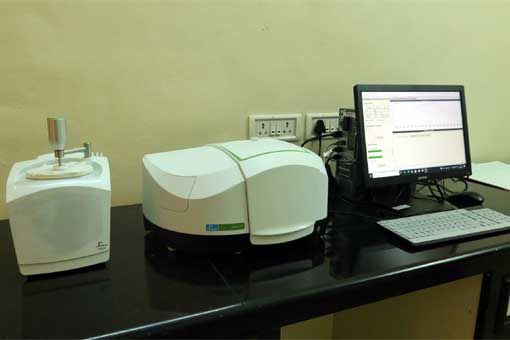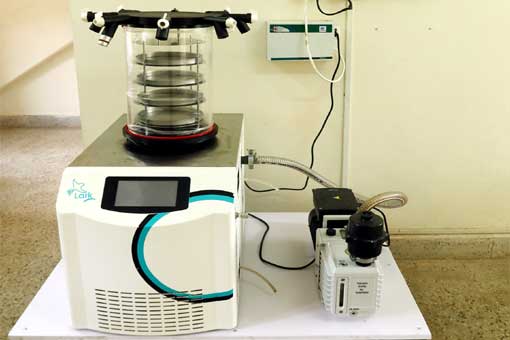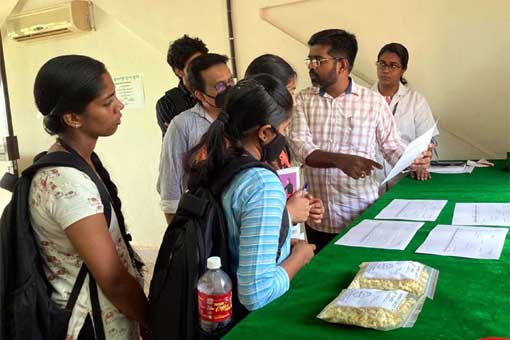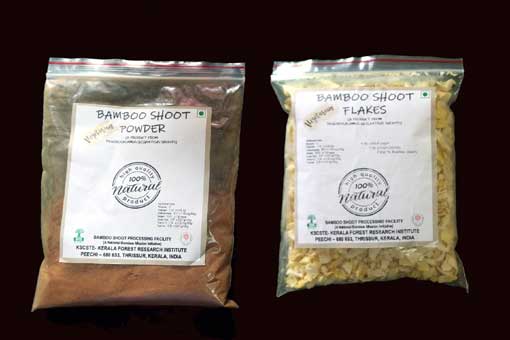Moving beyond the diverse applications of bamboos, the utilization of bamboo shoots as a dependable food source is well demonstrated internationally by many East Asian countries. In India, even though, widely accepted in northeastern states, it is not yet popular in the southernmost parts of the country. The bamboo shoots have high nutritive content with a good amount of vitamins, carbohydrates, proteins and minerals. Along with this, the presence of cyanogenic glycosides in shoots of many bamboo species necessitates the processing of shoots before consumption.
Through the present project, an array of facilities have been created to standardize the bamboo shoot processing procedures for long-term storage and value addition. The major activities carried out in these facilities are
- Nutritional evaluation of different bamboo species in Kerala,
- Standardized procedures for the preparation of different value-added products from bamboo shoots and their chemical characterization.
- Training of different stakeholders in bamboo shoot processing, preservation, and incorporation into local cuisines.
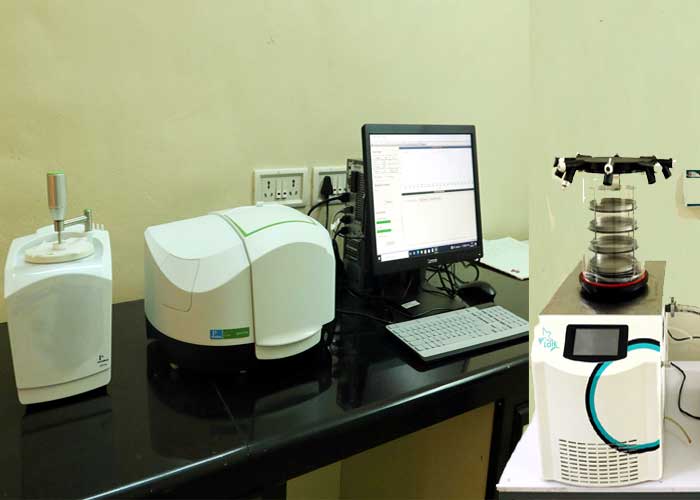
The major achievements under each criterion are
- Nutritional evaluation of different bamboo species in Kerala: The Nutritional evaluation was done for the nutritional and anti-nutritional levels in ten bamboo species comprising industrially important as well as ornamental types grown in Kerala to judge their potential as a sustainable food source. The key nutritional parameters like moisture, ash, carbohydrate, protein, fat, fibre, vitamin C and total cyanogen content (TCC) were analyzed. The species evaluated include Bambusa balcooa Roxb., Bambusa bambos (L.) Voss, Bambusa vulgaris Schrad. (Green and yellow), Bambusa wamin E.G.Camus (Budha bamboo), Cephalostachyum pergracile Munro, Dendrocalamus giganteus Munro, Dendrocalamus strictus (Roxb.) Nees, Gigantochloa atroviolacea Widjaja (Black bamboo) and Gigantochloa manggong Widjaja. D. strictus and two ornamental species - B. vulgaris and G. atroviolacea -were found to be rich in protein, fiber, and vitamin C, which could be used as a good food source in terms of nutrition. In these species, emerging shoots after 14 days of emergence, recorded maximum outturn (74 %) and minimum wastage. The distribution of total cyanogen content (TCC) was found to vary among the shoots themselves. Among the species studied, the highest content was found in the apex region and the lowest at the basal portion of the fresh shoots. Appropriate selection of species and judicious harvest of emerging shoots at the correct age can maximize the outturn of edible portions in the harvested shoots and help cultivators in making it a commercial venture.
- Standardization of preparation of different value-added products from bamboo shoots and their chemical characterisation: Bamboo shoot processing industries use a number of instruments for the processing, packing, and preserving the bamboo shoots for long-term storage. The instruments required for the processing and value addition of bamboo shoots and their products were assembled as a facility for regular use and training. The major instruments in the facility include a freeze-drying unit (M/s. Lark Innovative, Chennai) and a Fourier-transform infrared spectroscope (M/s. Perkin Elmer Ltd, US). Freeze-drying or lyophilization is a process in which water is removed from a product after it is frozen. The frozen product is placed under a vacuum, allowing the ice to change directly from solid to vapour without passing through a liquid phase. Through this process, the texture, taste, nutrient content, flavour, etc., can be preserved during long-term storage. The method for the preparation of freeze-dried flakes was standardized, enabling long-term storage. Another procedure standardized in the facility is the preparation of dry powder from processed bamboo shoots. This powder is of high nutritive value and could be stored for longer durations. The chemical characterization of these powders was achieved using Fourier-transform infrared spectroscope.
- Training of different stakeholders in bamboo shoot processing, preservation and introduction into local cuisines.: The unit functions as a facilitation centre for imparting training on bamboo shoot processing, value addition and its, effective utilization to students and other stakeholders. The training activities involve the nitty-gritty of shoot harvesting, processing, value addition and cuisine recipes.
Contact:
-
Dr. R. Jayaraj
Scientist in charge, Bamboo Shoot Processing Facility & Head, Training Department
91 - 487 - 2690147
91-9496426424
shootprocess@bambooinfo.in

